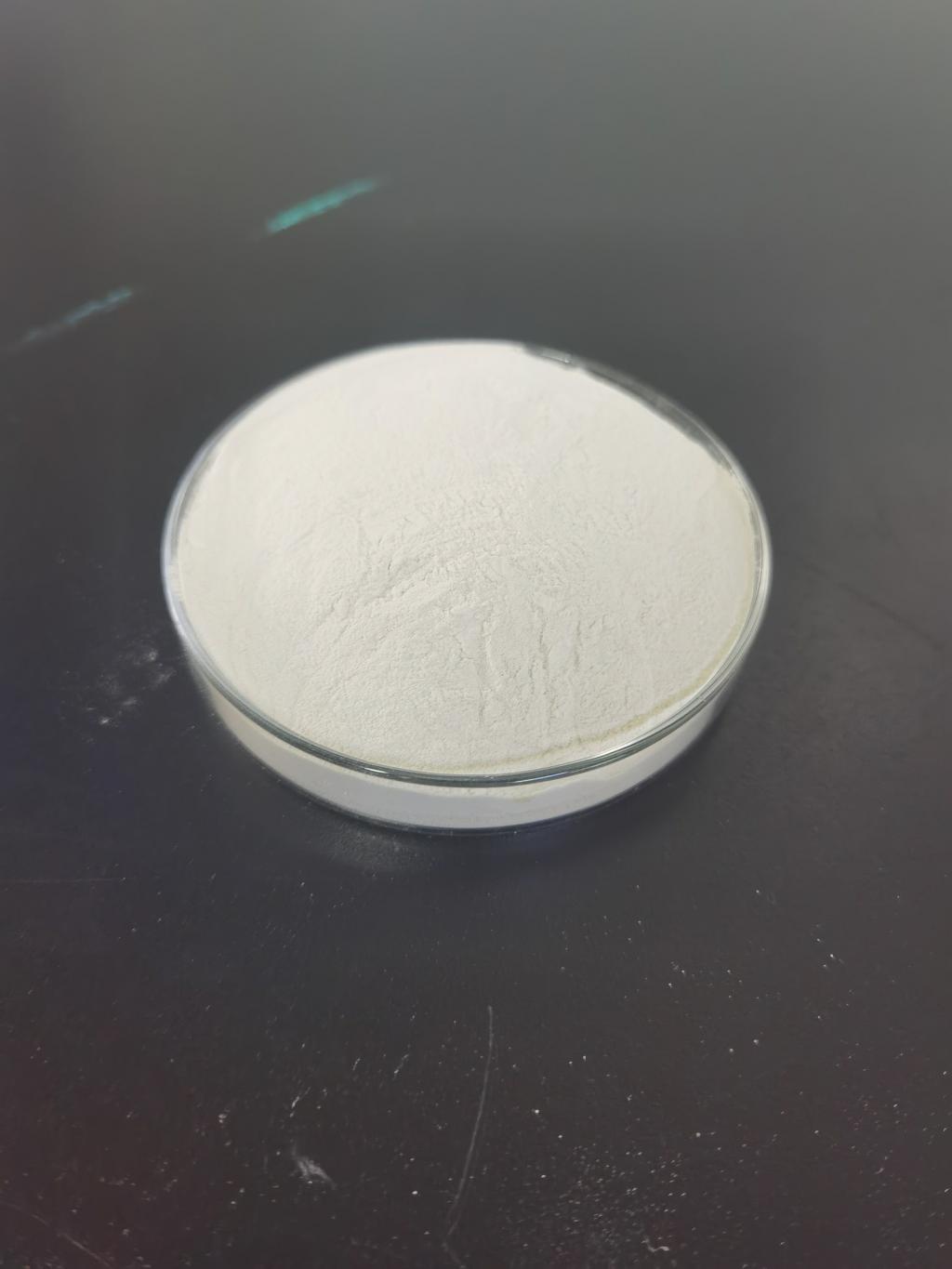Tel:+8618231198596

News
 CONTACT
CONTACT
 CONTACT
CONTACT
- Linkman:Linda Yao
- Tel: +8618231198596
- Email:linda.yao@dcpharma.cn
- Linkman:CHARLES.WANG
- Department:Overseas
- Tel: 0086 0311-85537378 0086 0311-85539701
News
Current Position:
Home >
News
>Nisin's Applications in Food-Safe Packaging Materials: A Revolution in Preservation
Nisin's Applications in Food-Safe Packaging Materials: A Revolution in Preservation
TIME:2024-03-08
Introduction:
Food preservation has been a constant pursuit throughout human history, aiming to ensure the safety and longevity of consumables. With advancements in science and technology, the focus has shifted towards developing sustainable and efficient preservation methods. Nisin, a peptide produced by certain strains of lactic acid bacteria, has emerged as a promising natural preservative with applications in food-safe packaging.
Properties of Nisin:
Nisin possesses antimicrobial properties, primarily targeting Gram-positive bacteria. Its ability to inhibit the growth of pathogenic bacteria such as Listeria monocytogenes and Staphylococcus aureus makes it an invaluable tool in food preservation. The stability of nisin under various conditions, including temperature and pH, further enhances its suitability for use in packaging materials.
Nisin in Food Preservation:
This section explores the traditional applications of nisin in food preservation, such as its use in dairy products, meats, and beverages. Additionally, it highlights the challenges faced by the food industry and the need for innovative packaging solutions to address these concerns.
Nisin-Infused Packaging Materials:
A significant breakthrough in food preservation lies in incorporating nisin into packaging materials. Researchers and industry experts are exploring ways to embed nisin in films, coatings, and liners to create active packaging that actively combats microbial contamination. This section reviews the latest developments in nisin-infused packaging materials and their impact on extending shelf life.
Mechanisms of Nisin in Packaging:
Understanding the mechanisms through which nisin operates within packaging materials is crucial for optimizing its effectiveness. This section discusses the release kinetics, interaction with different food matrices, and the potential synergies with other antimicrobial agents to create a robust preservation system.
Challenges and Solutions:
Despite the promising prospects of nisin-infused packaging, challenges such as cost, regulatory approval, and consumer acceptance need to be addressed. This section explores potential solutions to these challenges, emphasizing the importance of collaboration between researchers, industry stakeholders, and regulatory bodies.
Environmental Impact and Sustainability:
An integral aspect of modern food packaging is its environmental impact. This section investigates the sustainability of nisin-infused packaging materials, considering factors such as biodegradability, recyclability, and overall ecological footprint. The potential of nisin to contribute to environmentally friendly packaging solutions aligns with the growing demand for sustainable practices in the food industry.
Future Directions and Innovations:
As the field of nisin-infused packaging materials evolves, this section explores potential future directions and innovations. From advanced delivery systems to tailored formulations for specific food products, the continuous development of nisin-based packaging promises to redefine the way we approach food preservation.
Conclusion:
In conclusion, the integration of nisin into food-safe packaging materials represents a groundbreaking revolution in food preservation. By harnessing the antimicrobial properties of this natural peptide, the industry has the potential to enhance food safety, extend shelf life, and contribute to sustainable packaging practices. As research and development in this field progress, nisin is poised to play a pivotal role in shaping the future of food preservation and packaging.
- Tel:+8618231198596
- Whatsapp:18231198596
- Chat With Skype







